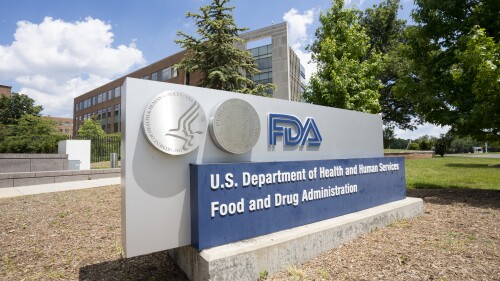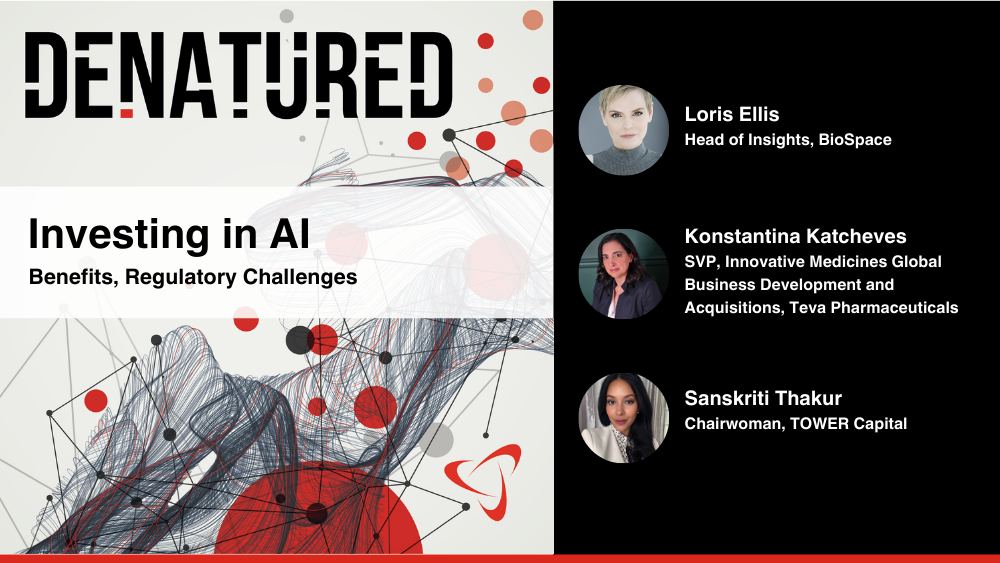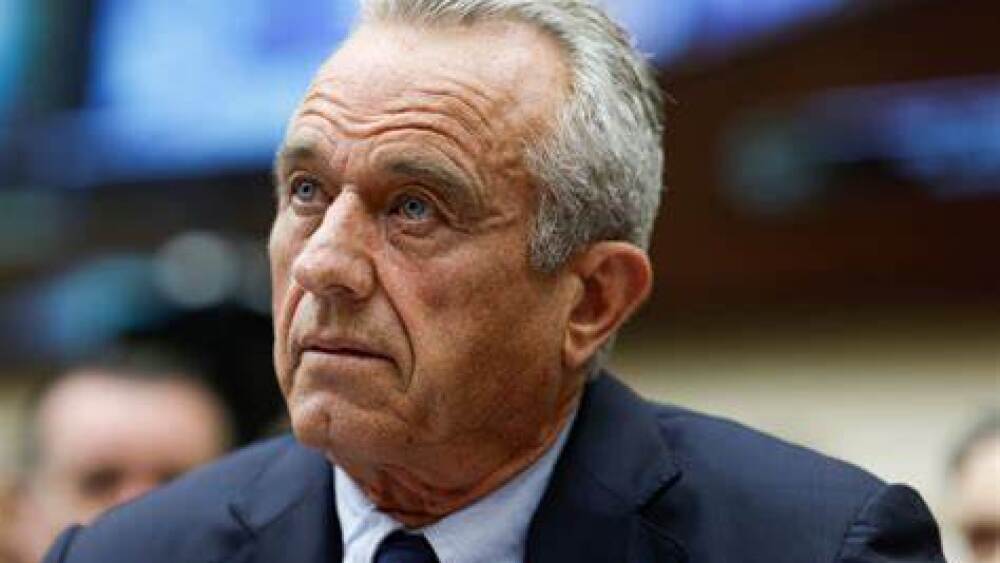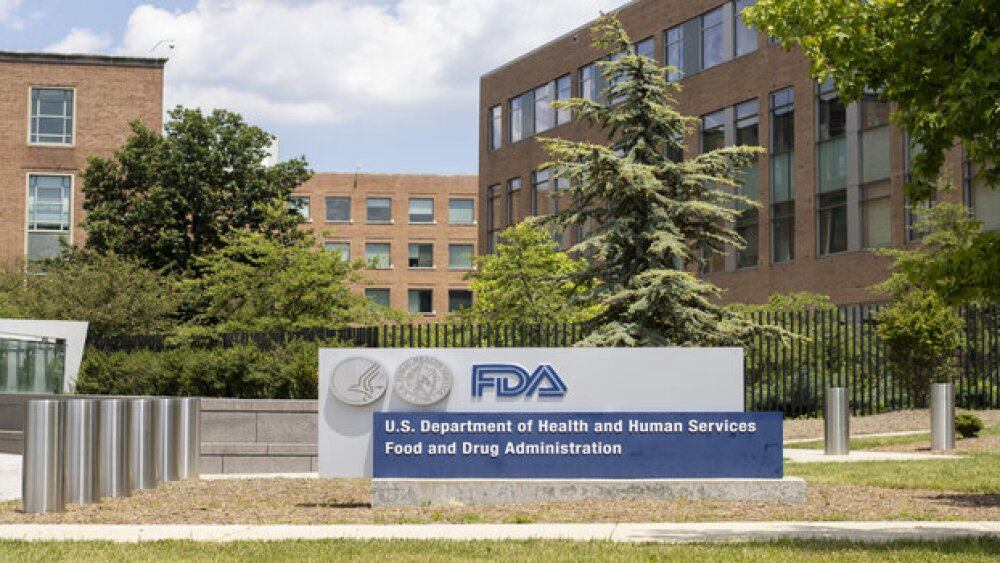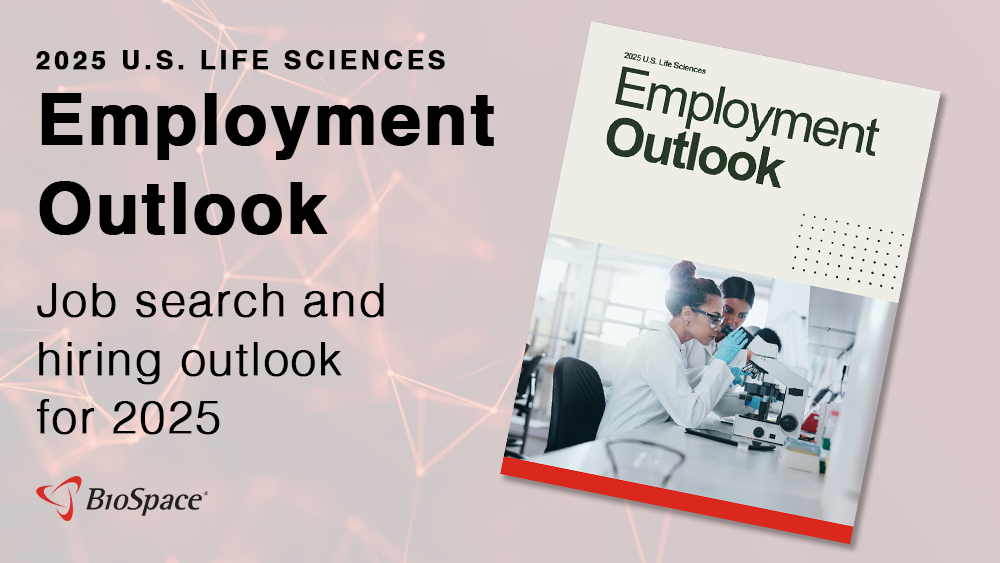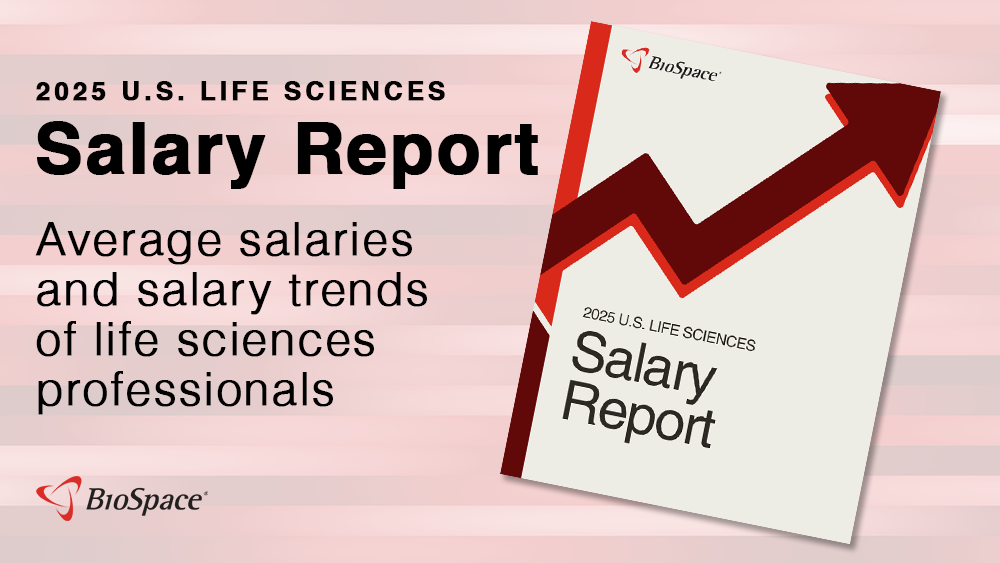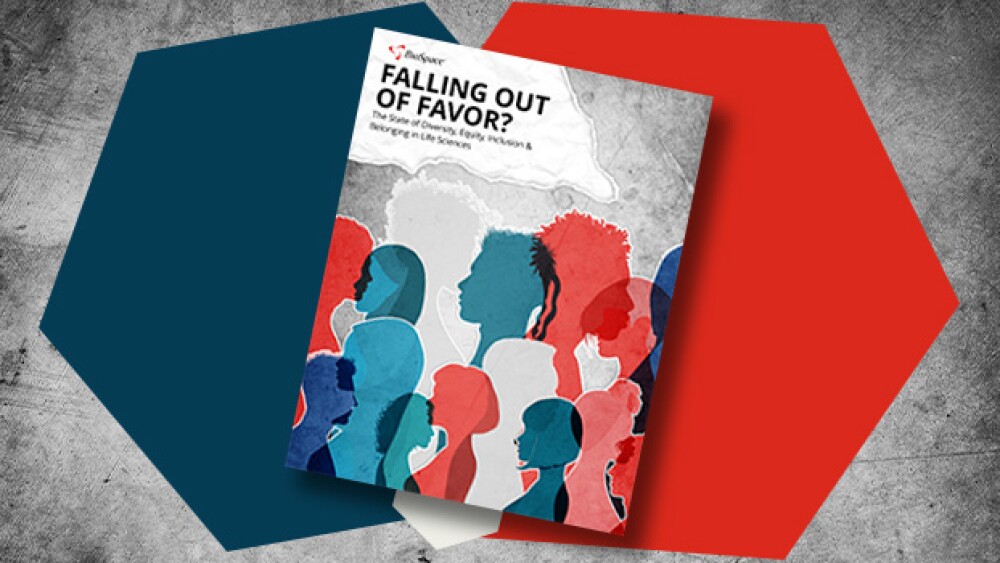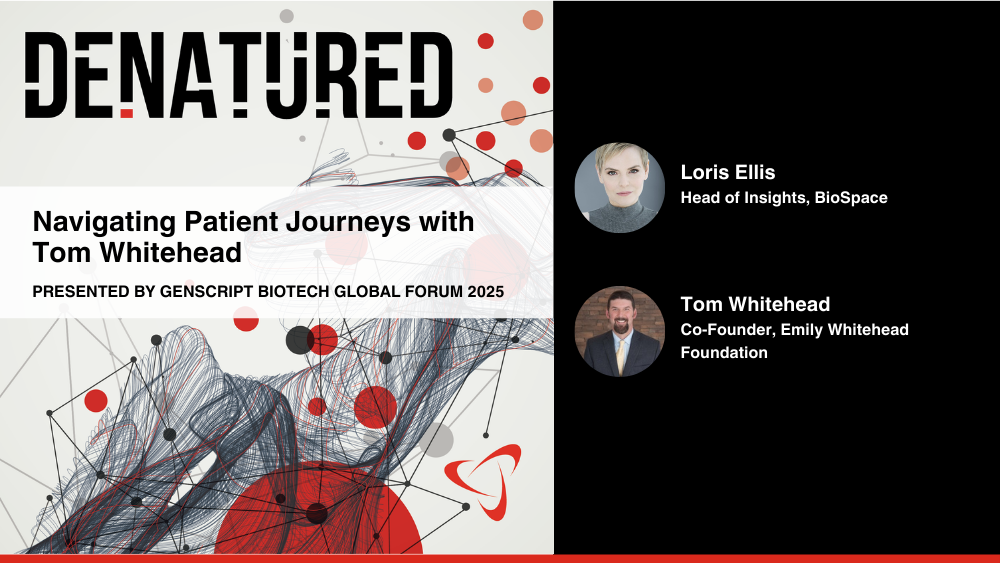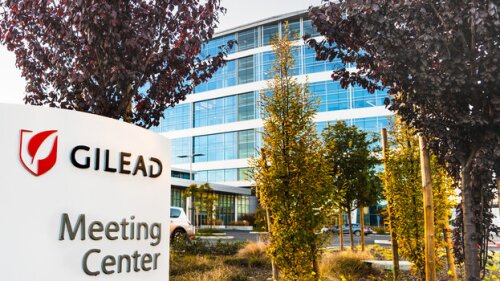Novo Nordisk’s leadership gets another shake-up as President Trump promises to significantly slash prices for its GLP-1 drugs; Summit/Akeso, Exelixis and more present new data at ESMO 2025; Replimune pops as FDA accepts resubmitted BLA; FDA names first winners of Commissioner’s National Priority Voucher program; and more.
Less than 24 hours after resigning his post as the FDA’s head drug regulator, George Tidmarsh is reportedly reconsidering his decision and vowing to fight for his name and credibility amid a probe into his “personal conduct” at the agency.
At the center of the licensing deal is an NLRP3 inhibitor that has shown “encouraging efficacy in acute inflammation models,” according to TransThera, indicating its potential in various metabolic and inflammatory diseases.
Manifold will use its tissue-targeting shuttle technology to help Roche develop new therapeutics for diseases of the central nervous system.
A month after sparking optimism for patients with Huntington’s disease with highly positive data for AMT-130, uniQure revealed Monday that the FDA may be changing its tune on the evidence required for an approval application, a change of direction Stifel called “very challenging” for uniQure.
Pfizer has filed two separate lawsuits in an effort to stop Novo Nordisk’s unsolicited bid to acquire obesity biotech Metsera.
Vinay Prasad, chief of the FDA’s Center for Biologics Evaluation and Research, is planning to publish a paper this month to outline his office’s thinking on accelerating gene editing reviews.
FEATURED STORIES
EY’s 2025 Biotech Beyond Borders report provides a sobering snapshot of the industry’s financial health, with more and more companies facing cash runways of less than one year. The analyst firm’s leaders urge a return to basics for biotech.
Industry watchers responded mostly positively to the commissioner’s new voucher program, but worries remain over staffing cuts at the agency.
Findings that U.S. companies can sue foreign rivals despite limited business operations in the country could dissuade drug developers from targeting the U.S. market, potentially benefiting domestic producers of biosimilars.
BioNTech said in 2022 that it faced “threats of a groundless patent infringement suit” from a company that was “unable to bring to market any product to help in the fight against COVID-19.” Now, the mRNA biotech is buying that very company.
Sanofi paid a more than 300% premium on its acquisition of Vigil Neuroscience, suggesting a fierce battle to seal the deal. Across biopharma, companies are sometimes willing to put it all on the line for the right buyout. Novartis’ recent acquisition of Regulus for $800 million upfront provides a case study.
AstraZeneca, Pfizer and more are leveraging the computational power of AI to better design trials, predict the potential efficacy and safety profiles of their molecules and synthesize massive multi-omic information to gain a more complete understanding of challenging cancers.
LATEST PODCASTS
Trump fingers Robert F. Kennedy Jr. to lead the HHS, lupus and ATTR-CM dominate headlines this week, bluebird bio has a cash gap to leap and RegenxBio eyes Sarepta in Duchenne muscular dystrophy.
A tale of two multi-billion schizophrenia deals, AstraZeneca touts strong sales while deflecting questions about an investigation into China exec, the Huntington’s pipeline builds momentum and layoffs continue with Sana Biotechnology and 23andMe.
In this episode of Denatured, BioSpace’s Head of Insights Lori and guests from Teva Pharmaceuticals and TOWER Capital discuss the opportunities, regulatory challenges and uncertainty surrounding AI.
Job Trends
The Thermo Scientific™ Stellar™ mass spectrometer combines speed and sensitivity to advance precision medicine.
Subscribe to GenePool
Subscribe to BioSpace’s flagship publication including top headlines, special editions and life sciences’ most important breaking news
SPECIAL EDITIONS
In this deep dive, BioSpace investigates China’s rise as a biotech powerhouse.
In this deep dive, BioSpace explores the next big thing in obesity.
BioSpace did a deep dive into biopharma female executives who navigated difficult markets to lead their companies to high-value exits.
DEALS
-
On the heels of an FDA approval for its monoclonal antibody Bizengri, Merus will generate three novel cancer-targeting antibodies that it will pass over to Biohaven to link into antibody drug-conjugates.
-
Biogen’s proposed acquisition comes after two difficult years of regulatory and clinical challenges, during which shares of Sage Therapeutics have fallen by more than 90%.
-
The Biotech Ecosystem Venture Fund will combine the sourcing capabilities of venture capital firm Andreessen Horowitz (a16z) with Eli Lilly’s expertise in R&D—plus half a billion in capital from the Big Pharma.
-
Initial rounds of VC financing totaled $7.7 billion over 137 deals for biopharma in 2024, compared to $3.8 billion over 156 deals in 2023.
-
J.P. Morgan releases its quarterly look-ahead days before the entire biopharma industry descends on San Francisco for the annual J.P. Morgan Healthcare Conference.
WEIGHT LOSS
-
Under the terms of the agreement, OPKO will accept 60% of the development costs, while Entera will shoulder 40%.
-
The company unveiled plans last week to test its GLP-1/glucagon dual receptor agonist in alcohol use disorder and alcohol-related liver disease.
-
As obesity drug developers compete for the highest weight-loss efficacy, experts contend that overall health outcomes—evidenced by successful studies in therapeutic areas like cardiovascular and sleep apnea—may prove a greater market advantage.
-
The Maryland-based biopharma joins Eli Lilly and Novo Nordisk in trialing a GLP-1 agonist for alcohol- and liver-related conditions.
-
Roche and Zealand plan to study petrelintide as a monotherapy and in combination with CT-388, a dual agonist of the GLP-1 and GIP receptors that Roche picked up in its recent acquisition of Carmot Therapeutics.
POLICY
-
The lawsuit alleges that HHS leadership knew the records they used to guide their layoff decisions were inaccurate and contained errors.
-
In comments posted in response to the Trump administration’s pharma tariff investigation, companies and industry groups offered solutions to ease the impacts if the plan must go ahead.
-
The overturning of the FDA’s lab-developed tests rule is just the tip of the iceberg. With the loss of Chevron deference, power has shifted from federal agencies to the courts, with potential implications for everything from the FDA shortage list to CMS drug price negotiations.
-
According to the nonprofit news outlet NOTUS, at least seven studies cited in the Make America Healthy Again report released last week are nonexistent. The White House shrugged off questions about the errors.
-
In a letter to the Department of Commerce, Novo Nordisk argued that unsanctioned compounded semaglutide, mostly from China, constitutes a national security threat to the U.S.
There are many reasons why you might want to negotiate your stock options. Read on to discover what stock options are and how to negotiate your stock options with your employer.
BioSpace sat down with Maritza Gamboa, the associate director of talent acquisition at Intellia Therapeutics, to find out how to identify and avoid scam job offers.
BioSpace sat down with Axogen’s Chief Human Resources Officer Maria Martinez to understand why now is the best time to make the switch to pharma and biotech.
If you’re ready to start earning the salary you deserve, here are some tips to help you recognize your worth and negotiate pay as a remote employee.
BioSpace spoke with industry experts to find out the differences between working in pharma and biotech and how to know if a pharma company is right for you.
According to a survey by CareerBuilder, 23% of hiring managers spend less than 30 seconds reading a resume. Make the most of those seconds with these five tips to make your resume stand out.
HOTBEDS
REPORTS
In this Employment Outlook report, BioSpace explores current workforce sentiment, job activity trends and the prospective job and hiring outlook for 2025, particularly as it compares to the previous year.
BioSpace’s third report on diversity, equity, inclusion and belonging in life sciences examines dramatic shifts in attitude around diversity initiatives.
CANCER
-
Future Pak—whose acquisition offer was rejected by Vanda Pharmaceuticals last summer—is offering to buy Theratechnologies for an unsolicited $255 million. The Canadian biotech is under an exclusivity agreement with another yet-to-be-disclosed potential purchaser.
-
AI is enabling the development of a next generation of drugs that can more precisely target cancer cells while sparing healthy tissues.
-
Lined up for the FDA in the coming weeks are a cell-based gene therapy for a rare skin disease and two product expansions for Regeneron, one with partner Sanofi.
-
According to Tempest, its options include a partnership or licensing deal, as well as a merger or an acquisition.
-
The FDA approved the use of Opdivo with Yervoy in front-line colorectal cancer, while a Manhattan court junked a class action complaint over the blood cancer drug Pomalyst.
NEUROSCIENCE
-
Days after suffering a rejection in Australia, the Alzheimer’s drug hit another roadblock in the U.K., which found the drug not cost-effective.
-
Analysts do not believe the Phase III stumble for aticaprant will derail J&J’s broader neuroscience strategy, particularly given its recent $14.6 billion acquisition of Intra-Cellular Therapeutics and the success of Spravato for treatment-resistant depression.
-
The new formulation of Keytruda, currently under FDA review, is sparking conflict with Halozyme, which makes enzymes that convert intravenous drugs into injectable versions.
-
Biohaven in recent months has reported a clinical stumble in spinal muscular atrophy, alongside a Phase I readout for its protein degrader candidate that investors found underwhelming.
-
After failing to hit the primary endpoint in a Phase III trial, Neumora is remixing study parameters in two replicate trials, with data expected in the first half of 2026.
CELL AND GENE THERAPY
-
In this episode, presented by the Genscript Biotech Global Forum 2025, BioSpace’s Head of Insights Lori Ellis and Tom Whitehead continue to discuss the patient and caregiver experience, where Tom gives his insights to the future of CGTs.
-
Gilead beat consensus estimates in Q4 with $7.6 billion in revenue, driven largely by its HIV drug Biktarvy and CAR T therapies Trodelvy and Yescarta.
-
Vertex expects to make the newly approved non-opioid pain medicine Journavx available by the end of February.
-
Adding a new indication for the CAR T cell therapy could help BMS offset the loss-of-exclusivity headwinds it faces in the coming years.
-
Faced with the encroaching threats of patent expirations and generics, biopharma companies in 2024 invested 33% more in licensing deals, on average, than in 2023 with an eye toward enriching their pipelines with novel and potentially more effective therapies.









